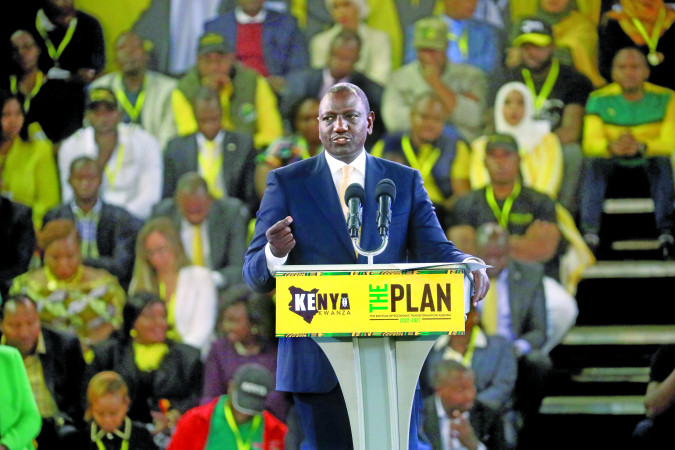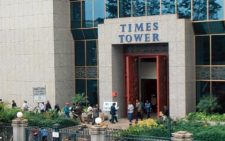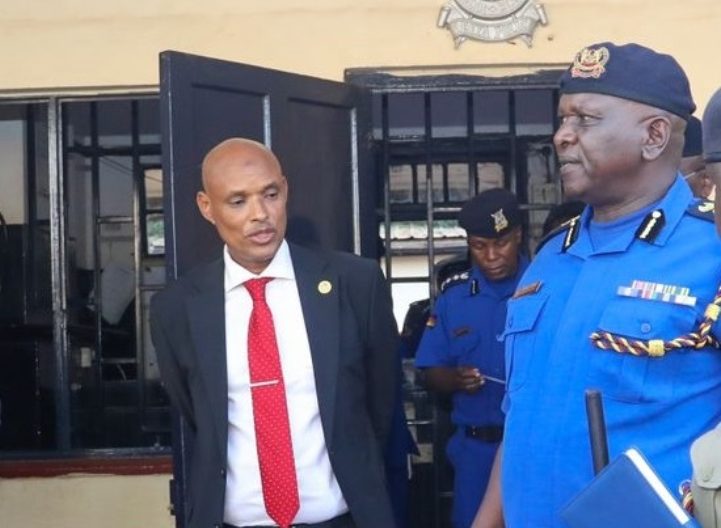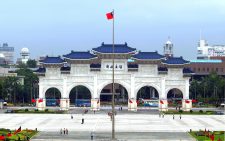Medium-term plan must achieve ambitious goals

The unveiling of the Fourth Medium-Term Plan by President William Ruto has captured significant attention, particularly in light of recent challenges with initiatives like the Affordable Housing scheme.
This heightened interest reflects people’s eagerness to discern the government’s future direction, especially against a backdrop of unmet electoral promises.
It’s not surprising that many Kenyans approach government plans with a sense of caution and skepticism about their potential efficacy.
Despite these reservations, the Fourth Medium-Term Plan presents a robust framework that addresses critical areas of concern.
The plan appears solid, with emphasis on building resilience through strategic investment in infrastructure, particularly in water infrastructure development aimed at arid and semi-arid regions.
Additionally, ambitious infrastructural projects, such as the construction of affordable housing units, high-voltage transmission lines, and fibre-optic cable networks, underscore a commitment to enhance connectivity and foster growth.
Moreover, the plan prioritizes initiatives geared towards employment generation, including investments in Special Economic Zones and industrial parks, alongside efforts to diversify export markets.
Equally commendable is the plan’s focus on rejuvenating the economy through the promotion of agro-processing, bolstering extension services, and ensuring access to quality, affordable farm inputs.
Addressing longstanding issues like cooperatives development, market access, logistics support and the expansion of irrigation infrastructure are vital components of the plan that have been long overdue.
Furthermore, the plan recognizes the imperative of adopting climate-smart agriculture practices, signalling a proactive stance towards sustainable development.
In the plan, the government will deploy a Sh16.14 trillion war chest to bring down the cost of living by lowering the annual inflation rate to five per cent, eradicating hunger and creating more jobs.
While the plan acknowledges the importance of diversification and targeted investment, it remains unclear how funds will be raised to achieve these ambitious goals.
Leveraging taxes to spur growth, the government plans to turn around the economy relying on tax increases yet the strategic plan seems to recognise the need for diversification and targeted investment.
With the taxpayers being the main source of income, President Ruto plans to raise revenue collection from 16.5 per cent of GDP in the 2022/2023 fiscal year to 19.7 per cent in 2027/2028, and cut the budget deficit to 2.9 per cent in 2028 from 5.6 per cent in 2023.
This raises concerns about the potential for increased tax burden, especially considering the government’s reliance on enhanced tax collections has been a clarion call. Yet, this is the same reason why investors, particularly manufacturers, are exiting the country.
Until the government knows that this is an existential threat that causes job losses, and poses a threat to foreign exchange inflow as it affects exports, then we shall have learnt zilch.
As President Ruto sets forth plans to increase revenue collection and slash budget deficits, caution is warranted to ensure that such plans do not also disproportionately burden taxpayers. The wisdom of Winston Churchill’s counsel echoes through time, cautioning against attempting to tax oneself into prosperity. Therefore, it’s important to empower more Kenyans to engage in local production and processing, to enhance self-reliance and economic resilience.
The government must, therefore, undertake strategic measures which include striking a balance between taxes and know at what point they start suffocating enterprise.
While scepticism may linger due to past disappointments, it’s imperative to acknowledge the potential of the Fourth Medium-Term Plan to bring positive change on paper.
However, the true measure of success will lie in the plan’s effective implementation by ensuring that it translates into tangible improvements in the lives of Kenyans.
—The writer is the Business Editor, People Daily











